Where is all the conservative art?
Why Jordan Peterson is WRONG about Trait Openness and Greatness in Art
There is a big difference between political conservatism and the philosophy of conservatism. The difference between leftist art and “real” art can best be understood through the latter. Politics tells us very little about why the horrid glass pyramid put in front of the louvre is vomitrocious or why Van Gogh and Klimt are hot garbage. There are no politics here. There are only the philosophies of nihilism and degeneracy. Degeneracy is a word that finds its root in the meaning “equality”. In organic chemistry, degeneracy is the concept of orbitals being in the same energy level for the electrons of an atom.
Degeneracy, then, is about making sure that everything and everyone is equal, and this spells nothing but destruction for excellence. When every kind of art is “good” then there is no incentive to create actually good art, because there does not exist a standard by which to measure one work of art as better than another. This allows for nihilists to take over a field such as art and annihilate any aspect of excellence from it.
This is why so much of the work that we see in museums and public spaces is mediocre at best and horrible on average. Too many bad artists are not being judged as such. So long as they have the right politics they are encouraged and supported by the establishment. There is something to be said for people who have ugly ideas, also looking ugly and creating ugly things.
This is not something new. This movement of uglification in the arts finds its roots in the nineteenth century.
Most nineteenth century artists that ordinary people are familiar with, include such names as Pablo Picasso, Vincent Van Gogh, Gustave Klimt and Claude Monet. Each of these artists are TERRIBLE posers. This is not my opinion by the way; it the opinion of artists such as Ivan Shishkin, Ilya Repin, William Adolphe Bouguereau, Frederick Leighton and many other greats you will not know by name, but you will have seen their work because their beauty is so striking that once you see it you cannot forget it. If you are not an academic, think of it this way, any artist whose artwork requires a degree to appreciate, is not a real artist. They are a leftist political agent hired to demoralize you and destroy the arts. Real Great Art is very powerful. It can influence people to find the truth. This is very inconvenient for a lying rapacious state that depends on everyone lying to eachother.
The Salon is another word for the Establishment Authority in the Arts. One example of the Salon, is the Royal Academy of Art in England. In 1768, the Royal Academy of Arts was created under King George III. This was unique among all the other art societies in existence in England because its purpose was not to serve the ends of any particular member, but rather, primarily, for the promotion of excellence in the fine arts. Frederic Lord Leighton was one of the most important presidents of this Academy because he revived English painting when its flame was flickering and threatened to go out.
Sir Wyke Bayliss in the book “Five Great Painters of the Victorian Era” states that Leighton was “English of the English, Greek of the Greek and wrought his work amongst men for mankind.” That is Bayliss’ artful way of saying that though Leighton was English in his heritage and Continental in his training, he was a universal man concerned with universal ideas. In fact the ideas he prmulgated in his artwork can be said to occupy the realm of the Platonic Ideal, which glides and hovers above the the grimy realities of human life. It is an idealism that does not denigrate reality but inspires it to cast its eyes upward to Mount Olympus, and remember the divine spark that inhabits the mortal coil.
Leighton was beloved by his students and gave lectures at the Academy. He was a philanthropist and his main goal was to bring art and beauty to more people. He opened an art gallery in a miserable neighborhood in Surrey and built it up with seriousness and care so that the poor of South London would always have the ability to have great art in their lives. It was made to be always free for the poor. He wanted to ennoble the spirit of mankind. His friend Sir Bayliss says that he led a happy life, “Without happiness, I do not think his work could have been accomplished. He was the painter of the Gods, and on Olympus we hear no cries, we hear only laughter”.
Public Intellectuals such as Jordan Peterson like to assert today that the reason “liberals” are the ones controlling and dominating the art world is because they are higher in trait openness, as one of the big five personality traits. He links the trait of openness both to a propensity to entertain liberal values, as well as to greatness in the arts. However, most of the greatest artists in history have been traditional and conservative by todays’ standards and by their own. Of course, they experimented and innovated within their craft, but they did not show open disdain for the rules of their craft that form its foundation. Rather, they built upon theses rules in new and creative ways.
An example of this can be found in the work of Raphael Sanzio (1483-1520). He was an excellent artist, an innovator and yet he did not rebuke or subvert the traditions of art that he inherited. He built upon the work of artists who preceded him such as Botticelli and Uccello, but he also added in his own innovative way of understanding the human body and compositions to tell a story. One of his most famous frescoes, The Deliverance of Saint Peter (1514, Stanza d’Eliodoro, Vatican) takes a lesson in fact from Giotto and amplifies and exalts the lessons he learned. Giotto introduced the idea of the serialized form of painting that shows events occuring one after the other with the same characters in multiple scenes. Raphael inherited this idea and enhanced it by making all of these scenes occur in the same piece with architectural elements separating the different frames of time.
In this fresco, the walls of the prison cell represent not only separations in physical space in the piece but also temporal divisions. The left side of the piece is the beginning of the story, the middle of the piece is also the middle of Saint Peter’s story and the right side is not just to the right of the prison, but also the end of the story. He overalps temporality with spatial divisions to help convey multiple pieces of information at once. He is an innovator. And yet, Raphael does not abandon rules such as perspective, anatomy or colour that were established by the artists before him.
Raphael Sanzio was working under the Pope, a traditional and conservative authority figure if there ever was one. That was his “Establishment”. Sir Frederick Leighton was working with the Royal Academy. When such men were in charge of the estbalishments, the artwork that became public knowledge and dominated the public sphere was of good quality. The artists who were allowed to prosper held traditional values and were working toward beauty, and not attempting to subvert it.
The modern arts establishment is based in degenerate philosophy. This means that it is based in a philosophy that is fundamentally anti-hierarchy, and idolizes equality above all else. There can be no such thing as excellence in a philosophy that is anti-hierarchy because in order for there to be excellence, there must be judgement that one thing is better than another based on some standard. If everything is equal, it is all equally good, it is all equally bad, so the words good and bad are meaningless. Without judgement, there can be no way for an individual artist to improve upon his or her craft. Further, when there is no judgement, when there is not inequality, then good artists are not distinguished from poor ones. The artists who gain the most prestige, money and publicity in such a system, are those that support the philosophy of degeneracy the most. It is for this reason that mediocrity and ugliness pervade book publishing, art museums, mainstream music and public art commissions.
Social media has many benefits for humanity when it is uncensored by either man or algorithm. It allows us to see people are they really are and not the way that the establishment would like us to see them. Although increasingly social media is becoming less free, we can at least see that there are hundreds, thousands if not millions of people creating incredible artwork, music and literature outside of the establishment. Although the Royal Academy is still pumping out horrendous and vile works of “modern art,” independent artists from private atelier’s are creating inspired, innovative and ethereal works of great art even today. One must only have the eyes to see it happening.
This was also true, by the way, in the nineteenth century, when Van Gogh and Picasso and Monet were being celebrated by the academy for creating the first generation of degeneracy, there was another group of artsits creating brilliant, breathtaking work. Here are a few pieces of their work:
Pietà by William Adolphe Bouguereau, 1876
Detail from Lawrence Alma Tadema’s “Spring” (1894)
Frank Dicksee, “Romeo and Juliet” 1880, Southampton City Art Gallery
John William Waterhouse, “Odysseus and the Sirens,” 1891
There are hundreds more that I have left out for a lack of space in this article, but the chances are 1) You have likely never heard of these paintings unless you took a personal interest in art history and 2) You find these paintings personally far more compelling, not merely more beautiful, than the major works of Vincent Van Gogh, or Pablo Picasso or Claude Monet. This is because these works of art did not fit in with the degenerate philosophy of modern art as it began in earnest in nineteenth century France.
The power of the establishment, however, is cracking. Artists who are making their money, fame and reputations on social media such as Mark Maggiori, Christopher Remmers, Ksenya Istomina, Annie Stegg, Matthieu Nozieres and many others, are breaking through the malaise. They are devoted to excellence in their craft. I have interviewed artist Christopher Remmers about this in detail and you can listen to the interview here. The establishment controls access to art for the masses. It decides which projects get funded and which works of art are put in front of people and made a part of the collective cultural consciousness. However, social media has fundamentally altered this power structure and I believe there are as many great artists, artists who are not leftists, creating today than there were in the past.
Christopher Remmers, Annicha, 2018
Mattieu Nozieres, Star Stealers, 2021, Haven Gallery
These modern artists, are not political people. They do not create with the purpose of promoting either liberal or conservative values. They are creating because they have stories to tell and have a basic respect for the philosophy of hierarchy, (antithetical to degeneracy) and can therefore pursue excellence. This is true, by the way, of anyone who pursues excellence in any field. You do not need to be political to be a good body builder, athlete, musician, dancer etc, you must simply have an idea of standards by which you judge the quality of your own work and that of others. It just so happens, that this philosophy is more respected by conservatives than it is by liberals.
However, this philosophy is no guarantee for good work on its own. This is where Jordan Peterson’s trait openness becomes relevant. Discipline and a respect for the hierarchies of quality, are prerequisites but not sufficient qualities for excellence in one’s craft. In particular, to be a good artist, one must have a degree of openness to seeing the world with interesting and new perspectives. The absence of this quality in political conservatives who attempt to create art, explains why their work is so often mediocre and lifeless, despite espousing the “right politics”. Vision and creativity must pair with discipline and judgement to create excellent art. This is the prerogative of artists, and not of politicians.
A person who cares about his values, must gain power in society so that he can work for the promulgation of his values in society. When you have money, patronize artists doing work that you truly care about. Shop from etsy. Find artists on instagram to sell you prints or original pieces to decorate your spaces. Be more intentional about the art you consume, and don’t let the degenerate establishment dictate your personal taste. This is how the establishment will lose its power. This is how we win.
Thank you for reading. Please comment below with an artist you have found online, outside the establishment, who you believe is doing excellent work that deserves recognition!





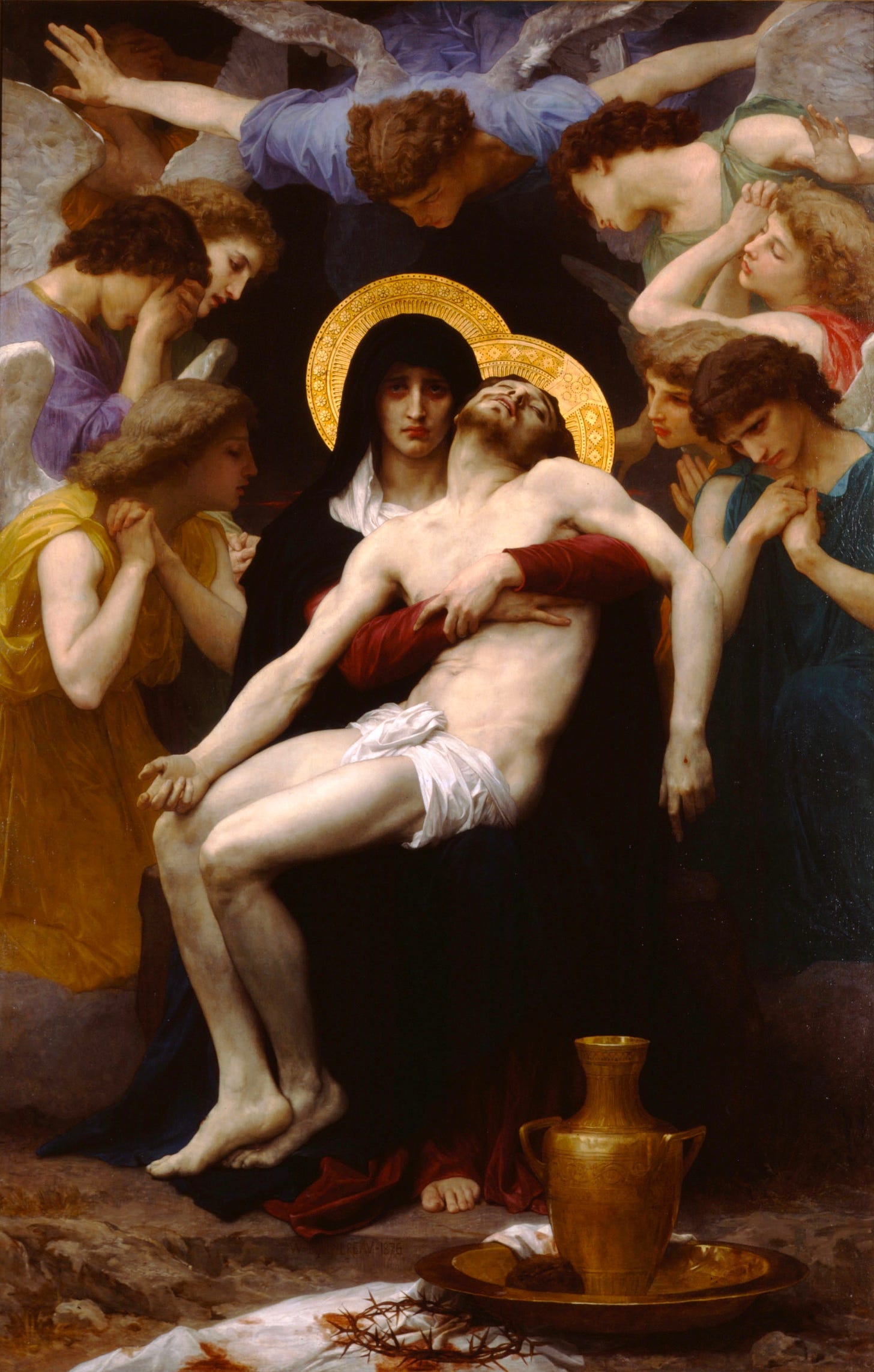
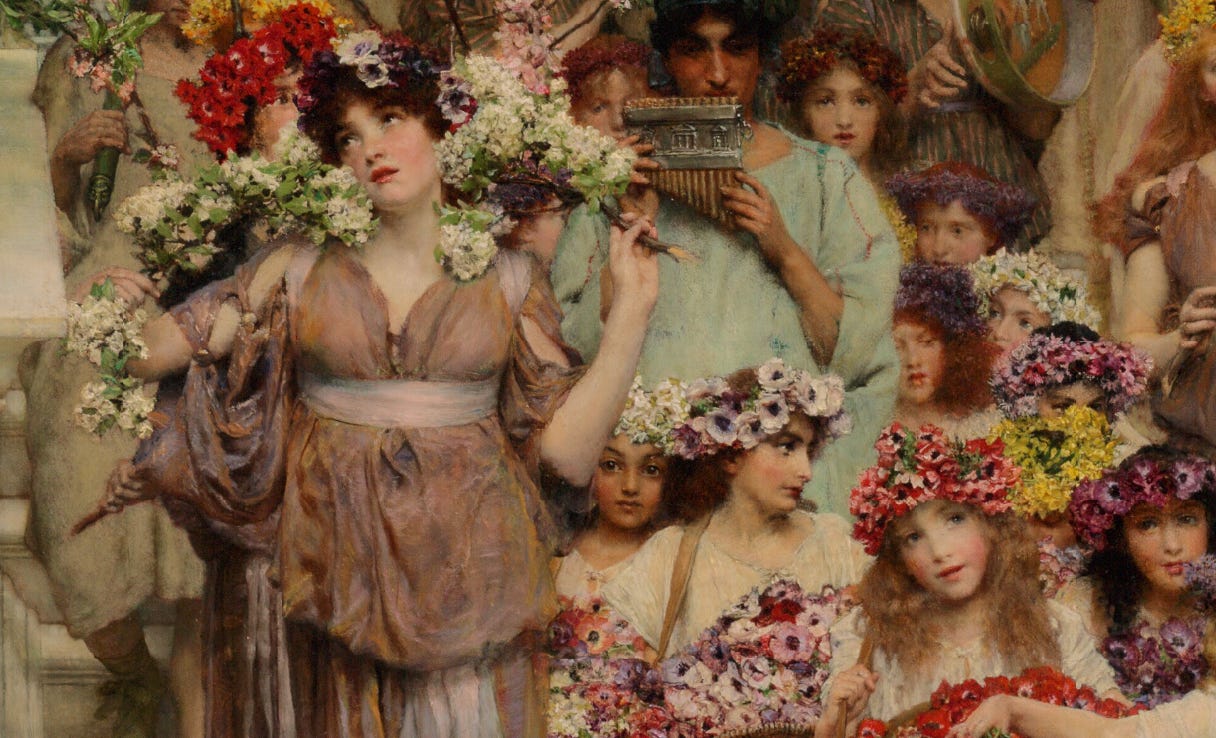
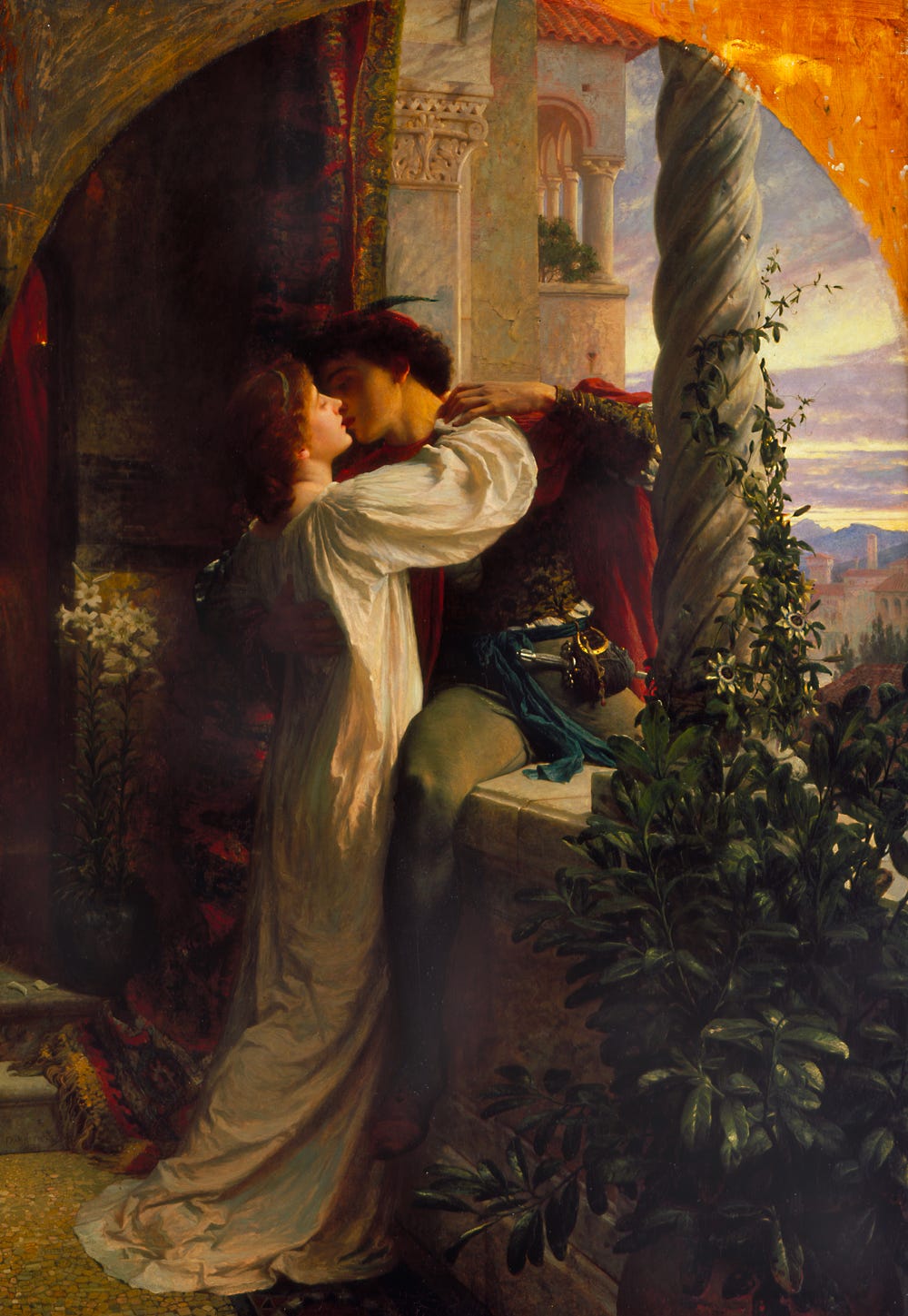
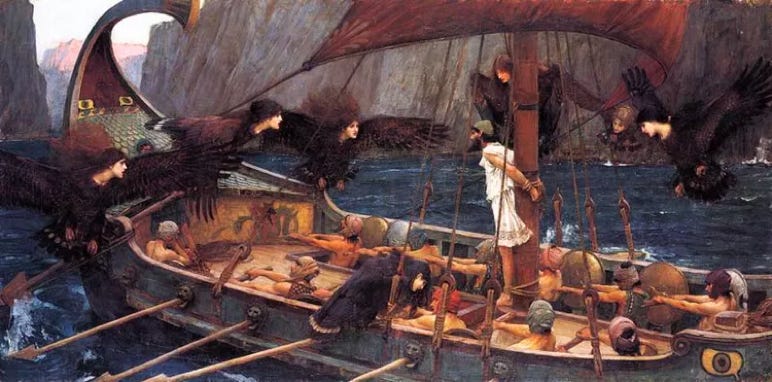
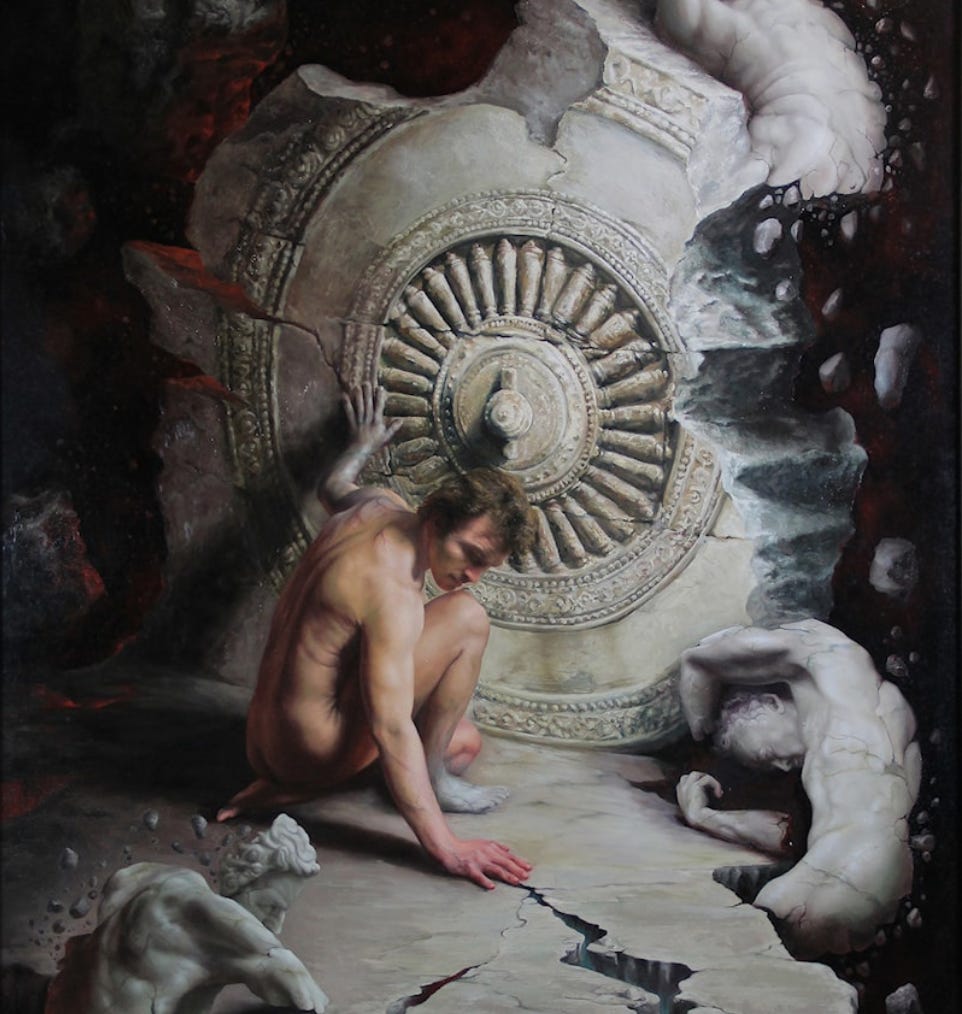
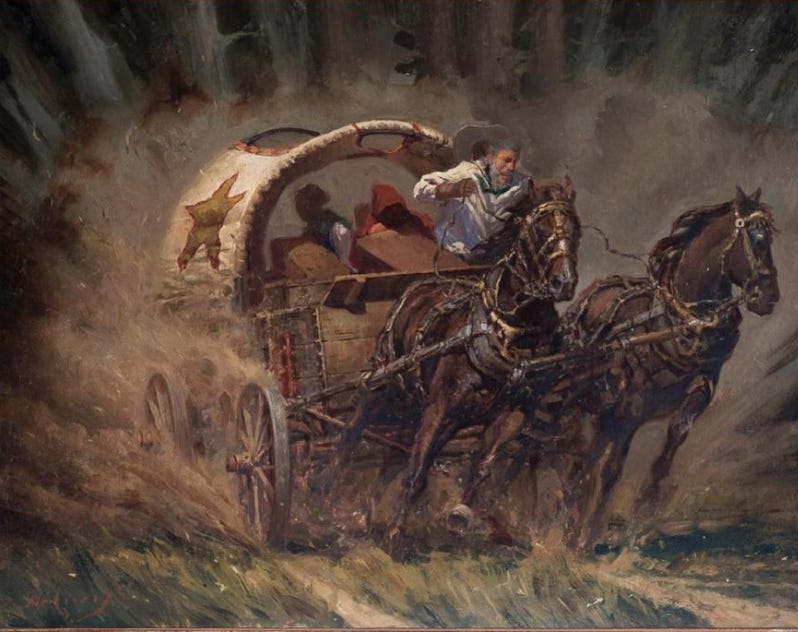
You had me at "Ivan Shishkin, Ilya Repin, William Adolphe Bouguereau, Frederick Leighton"! Actually, you had me earlier, in the first paragraph, with, "...the horrid glass pyramid put in front of the louvre is vomitrocious...". I confess that when I inevitably use that word myself, I will likely not give a proper attribution, but otherwise I'll be memorizing bits and pieces of your essay for my own discourses with students and others -- especially the parts about Lord Leighton -- and will definitely attribute to you. I'm looking forward to reading through your other essays, for sure, having just "discovered" you (via restack from John Carter). It was cool to discover the current artists you posted, too, since I did not know any of them previously despite my already knowing of many others (too many to mention) "out there". By the way, are you familiar with the 20th Century artist, Pietro Annigoni? He was not only one of the century's great painters, he was also an excellent writer. In his essays he shares his thoughts on the decadent (decayed) transition into "Modernism" in the late 19th to early 20th centuries and its effects on art and culture. They correspond to much of what you are saying and I consider that to be high praise. Brava, Megha!
Wonderful article. Here's an artist who honors the foundations with unorthodox media accidentalgenre.net